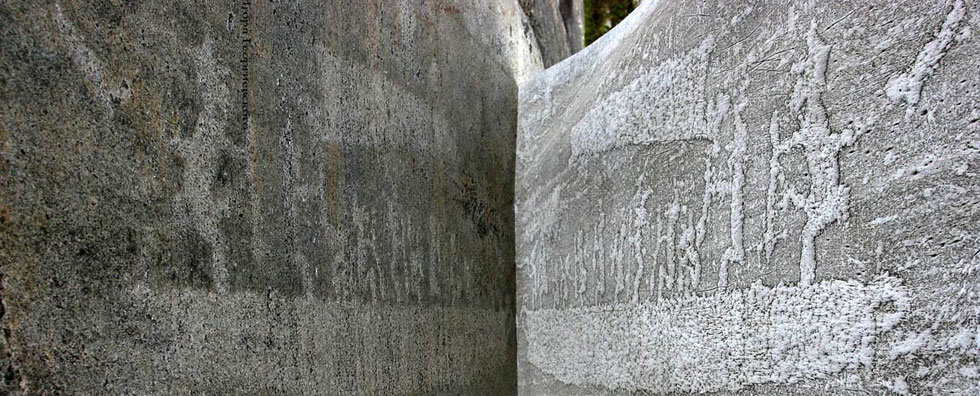Issue №3, Vol. 22Dyachenko V., Dolzhikov I., Kunitskaya O., Markov V., Makuev V., Okhlopkova M. Substantiation of the type of a forest machine propulsion according to the environmental friendliness criterion for the conditions of the Far North // Resources and Technology. 2025. №3, Vol. 22. P. 1‒62.
DOI: 10.15393/j2.art.2025.8063
Substantiation of the type of a forest machine propulsion according to the environmental friendliness criterion for the conditions of the Far North
Dyachenko
Vladimir | St. Petersburg State University of Industrial Technology and Design, Volodya.Dyachenko1986@mail.ru |
Dolzhikov
Ilya | St. Petersburg State University of Architecture and Civil Engineering, idolzhikov222@mail.ru |
Kunitskaya
Olga | Arctic State Agrotechnological University, ola.ola07@mail.ru |
Markov
Viktor | St. Petersburg State University of Industrial Technology and Design, mactor85@mail.ru |
Makuev
Valentin | Mytishchi Branch of Bauman Moscow State Technical University, makuev@mgul.ac.ru |
Okhlopkova
Marfa | Northeastern Federal University named after M.K. Ammosov, omk1268@mail.ru |
Key words:
movers of forest machines; impact on soils; track formation; environmental safety of forest machines |
Summary: The authors consider the concept of the «Far North» by analyzing scientific literature, legislative acts, and electronic resources. This concept can be considered from a legal, geographical and environmental point of view. Forestry machines are to work in the Far North in the conditions of forest tundra and northern taiga, both in winter and in the warm season to perform forestry and logging operations. It is shown that due to unfavorable climatic conditions, the ecosystems of the Far North, including forest ecosystems, are characterized by an extremely slow biological cycle, and are among the most sensitive (vulnerable) to negative anthropogenic impact. The greatest negative anthropogenic impact on the forest ecosystems of the Far North is caused by forest machines in the warm season due to deformation (compaction and rutting) of soils by movers. The necessity of reducing the permissible depth of the formed track by a value of 5 cm is justified. It has been proven that the most environmentally effective for forest vehicles operating in the Far North will be a caterpillar engine with rubber-reinforced tracks.
|





